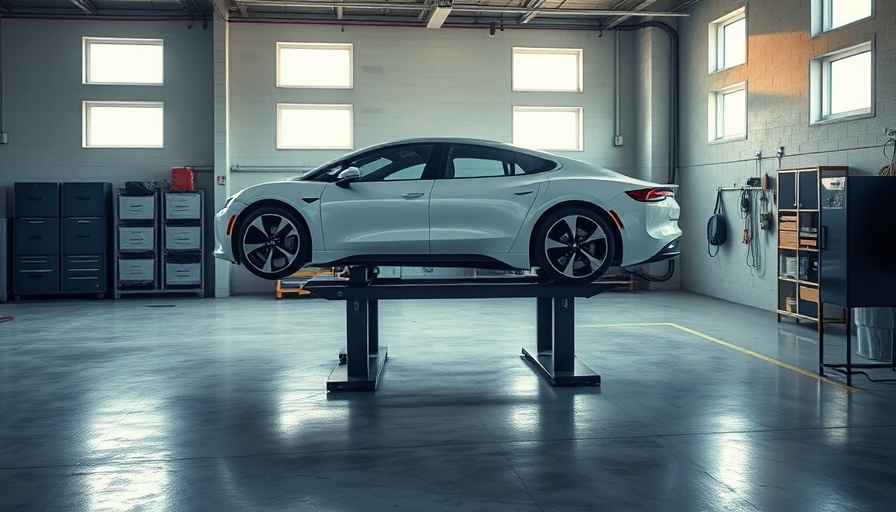
Reimagining Spaces for Remote Work
In the current era where remote work has become a norm, the importance of having a dedicated workspace cannot be understated. The recent project by Ogawa Fisher Architects in California showcases an innovative blend of style and functionality that perfectly caters to digital nomads seeking comfort and efficiency in their workspaces. As more individuals shift to freelancing or remote roles, understanding how to architect such spaces is crucial.
The Underground Workshop: A Unique Approach
Ogawa Fisher Architects designed a stunning house that incorporates an underground workshop, enhancing both privacy and productivity. Going beneath ground level allows for a unique environment where natural light remains paramount. The strategic placement of windows ensures that this subterranean space is filled with light, combating the common pitfalls of underground areas, such as darkness and a sense of confinement.
Light, Shadow, and Ergonomics
The interplay of light and shadow in the design of this workspace is more than just an aesthetic choice; it has profound implications for the way we work. Ergonomic lighting can influence mood, productivity, and overall well-being. Research shows that well-lit workspaces enhance focus and diminish eye strain, making Ogawa Fisher's design approach particularly relevant for digital nomads who often spend long hours indoors.
The Connection Between Design and Well-being
As an ergonomics specialist, it’s clear that the relationship between workspace design and mental health is critical. The design choices made in this California house, such as the underground workshop, not only cater to functional needs but also promote an improved state of mind. Having a workspace that feels inviting and inspiring can result in higher productivity and overall job satisfaction.
Creating Your Ideal Remote Workspace
So how can digital nomads create a similar atmosphere in their own workspaces? Here are a few tips drawn from the principles seen in Ogawa Fisher's design:
- Maximize Natural Light: Choose a room with large windows or arrange mirrors to reflect light around your workspace.
- Incorporate Motion: Designing workspaces with the possibility of adjusting furniture can help alleviate physical strain and boost productivity.
- Colors Matter: Opt for calming colors that can keep your space uplifting and motivate you to work diligently.
- Organizational Tools: Use organizers to keep your workspace tidy, allowing your mind to stay focused on the tasks at hand.
Future Trends in Workspace Design
As we look ahead, consider how these trends will continue to evolve. The rise of the underground workshop could inspire homeowners and architects alike to rethink how they utilize their space. Digital nomads must embrace the importance of their surroundings and consider what elements contribute most to their success and comfort.
Conclusion: Your Space, Your Preferences
In a world where your workspace can dictate your productivity and job satisfaction, taking the time to create an efficient and comfortable environment is paramount. Ogawa Fisher Architects' innovative project is not merely an architectural marvel but a lesson in intentional space design. Integrating principles of ergonomics, proper lighting, and personal preferences can transform any workspace into a haven of productivity.
Now is the time to take charge of your remote work experience. Are you ready to elevate your workspace to ensure it meets your needs? Start by evaluating your current setup and identifying areas for improvement!
 Add Row
Add Row  Add
Add 




Write A Comment